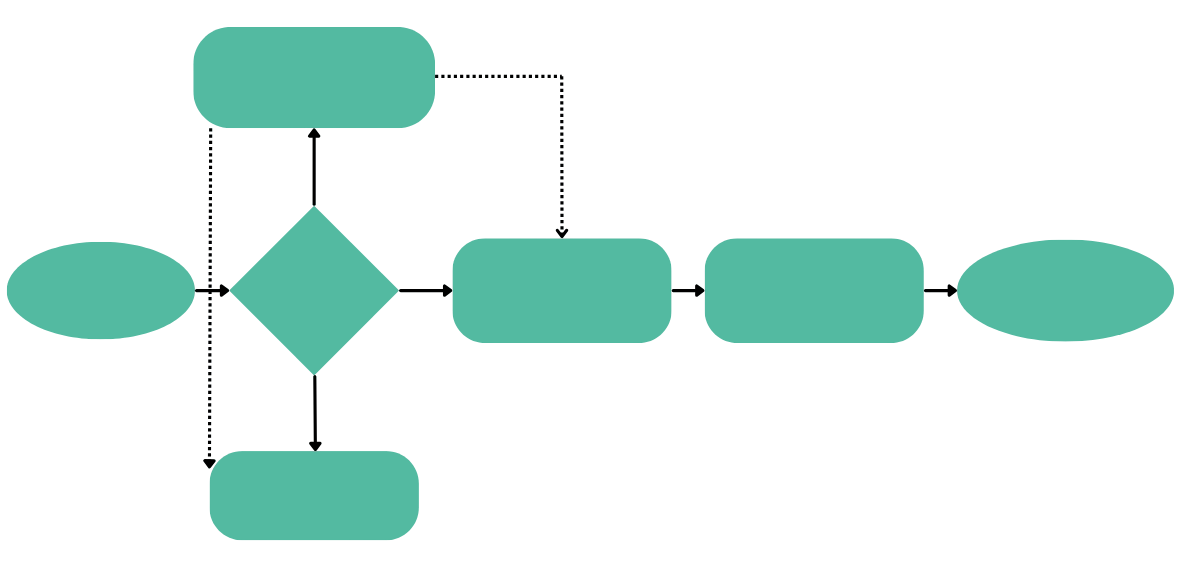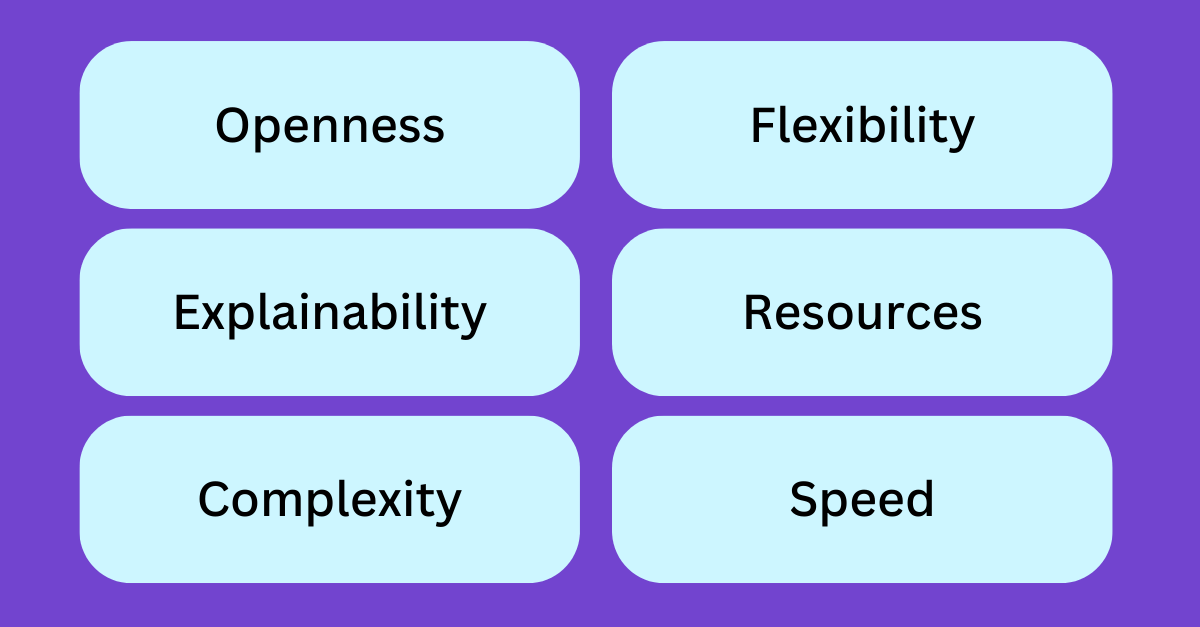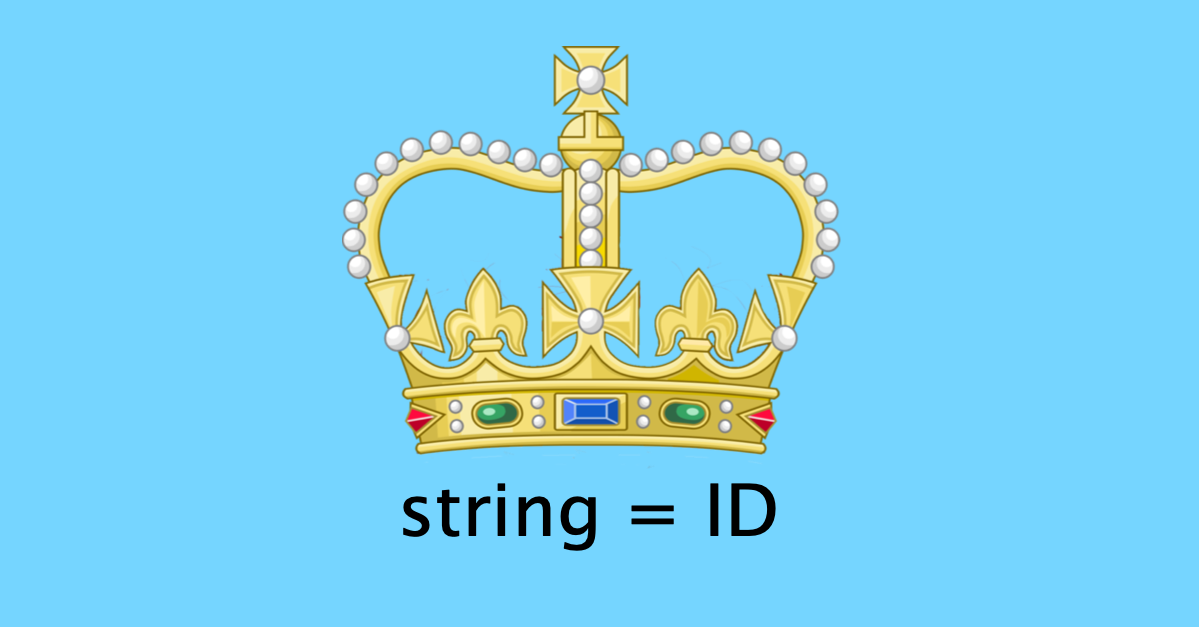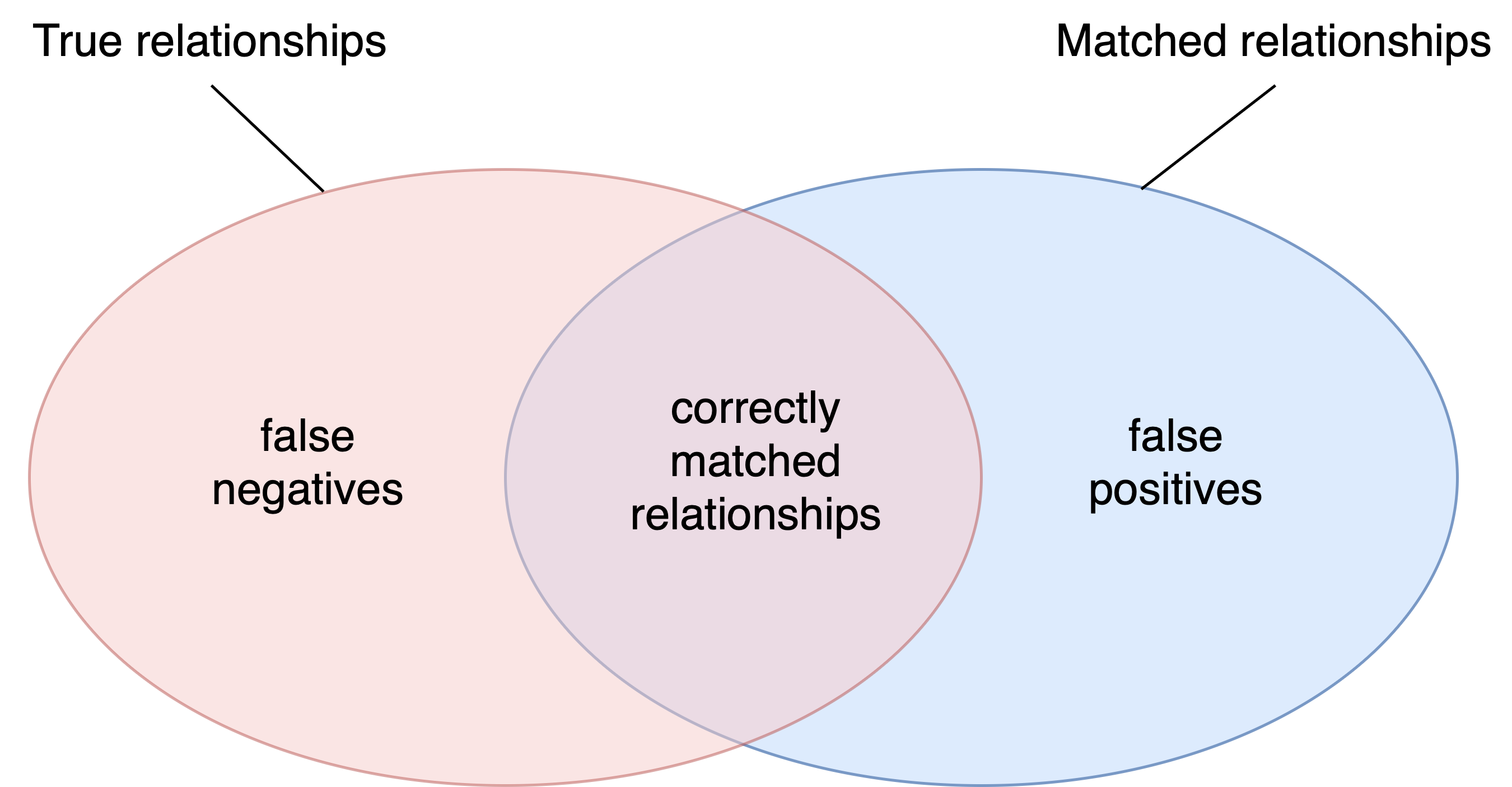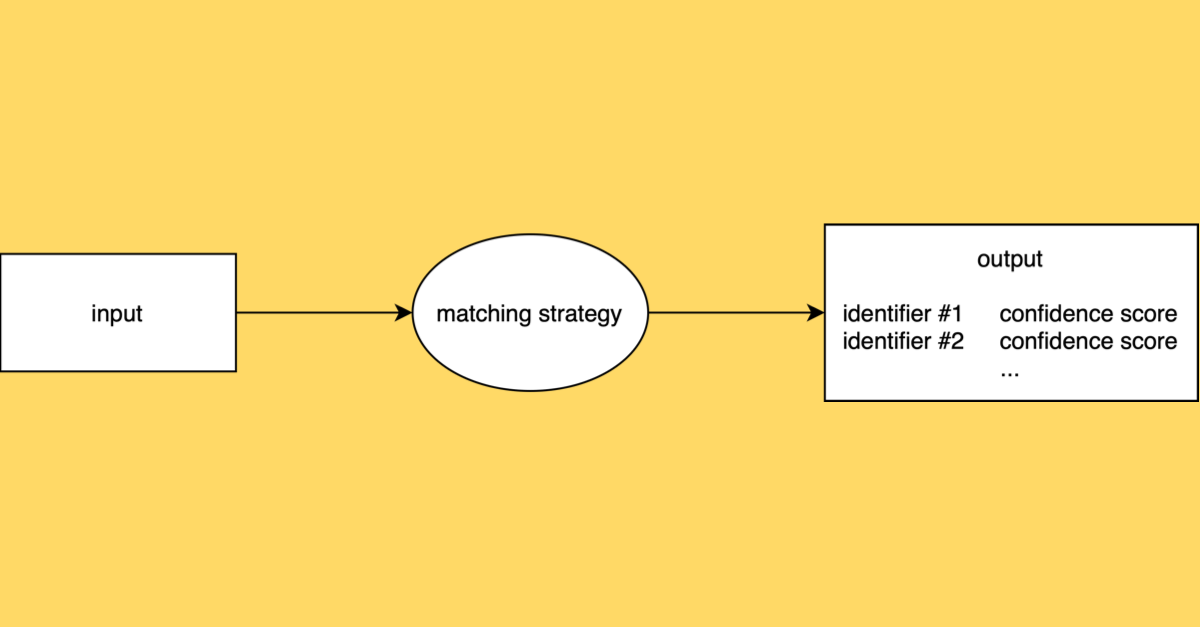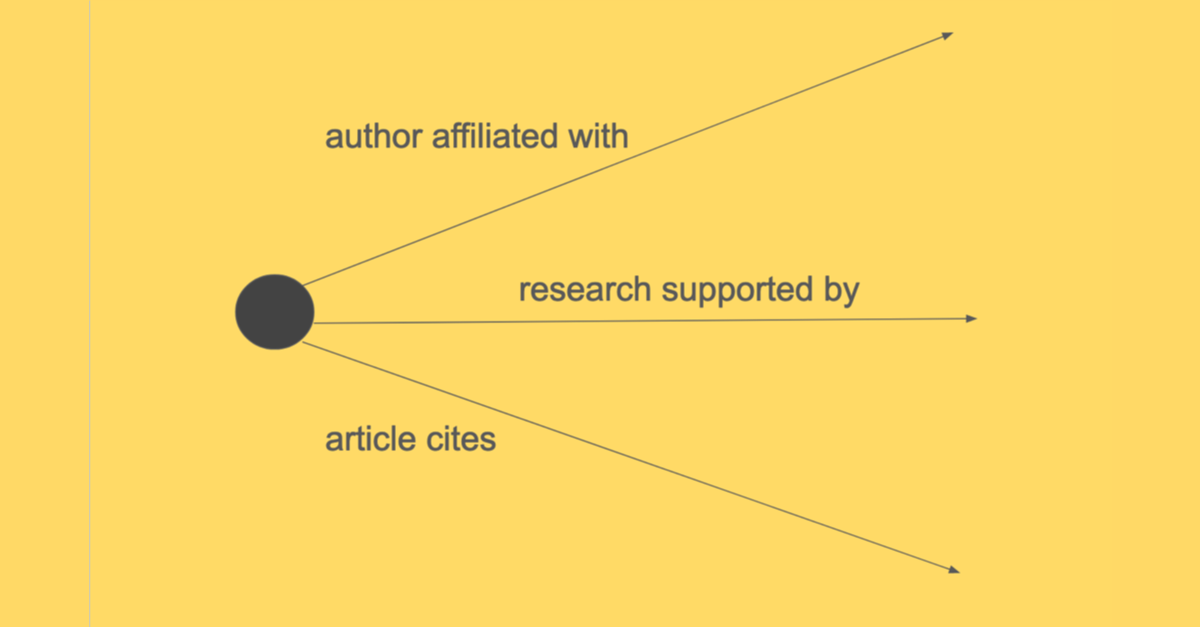Journey of a Curation Request: What Happens When You Ask for an Update to ROR
Have you ever wondered exactly what happens once you request a new ROR record or suggest a change to an existing ROR record? In this blog post, we take you through all the steps involved in ROR's open, community-driven process for making sure that the information in the ROR registry is complete and accurate.
